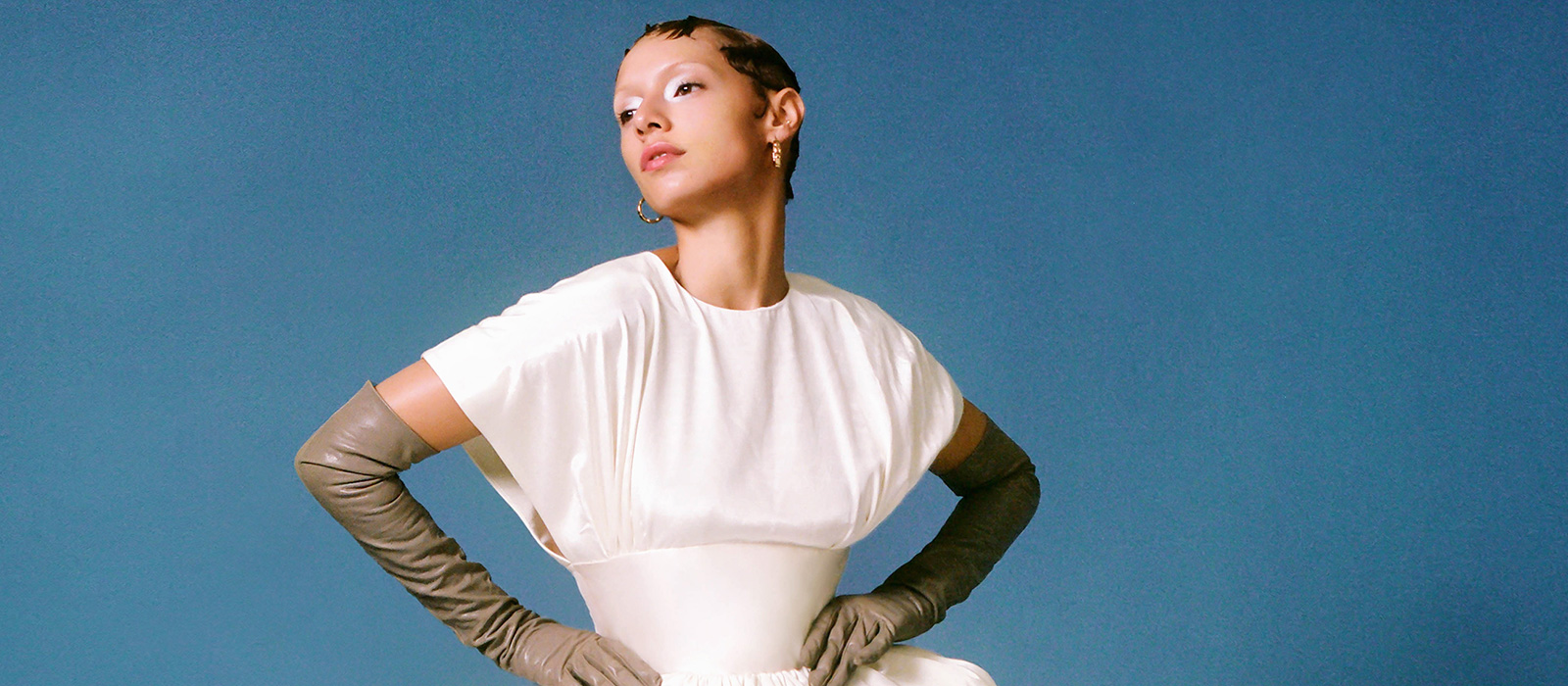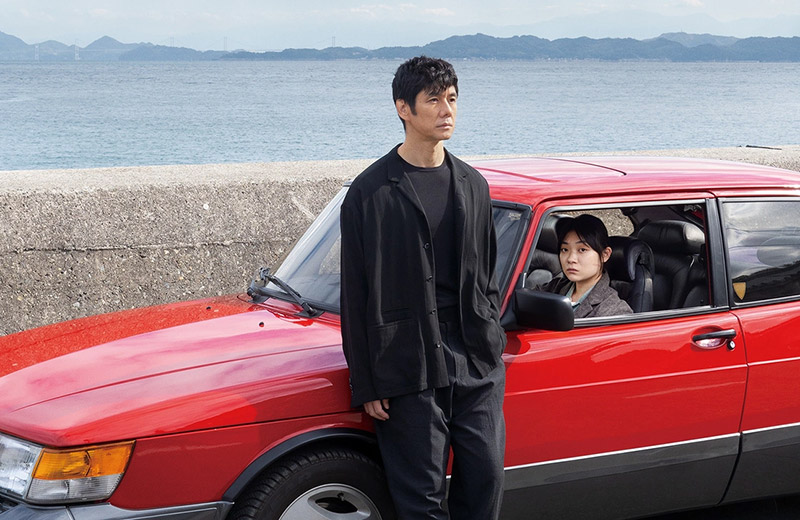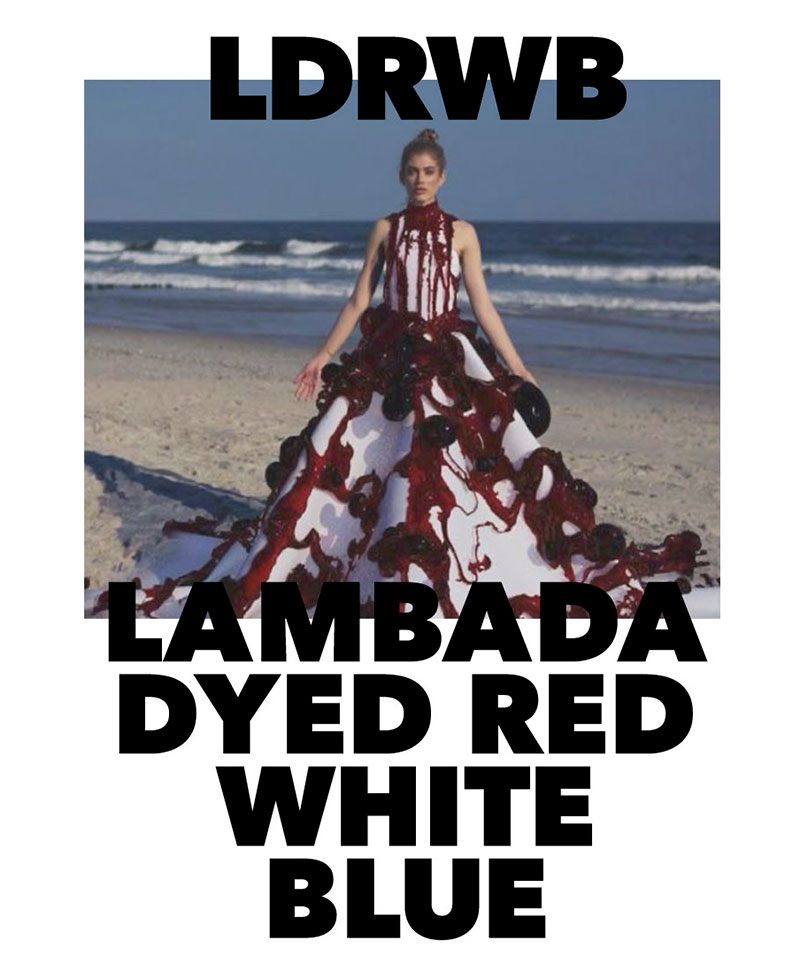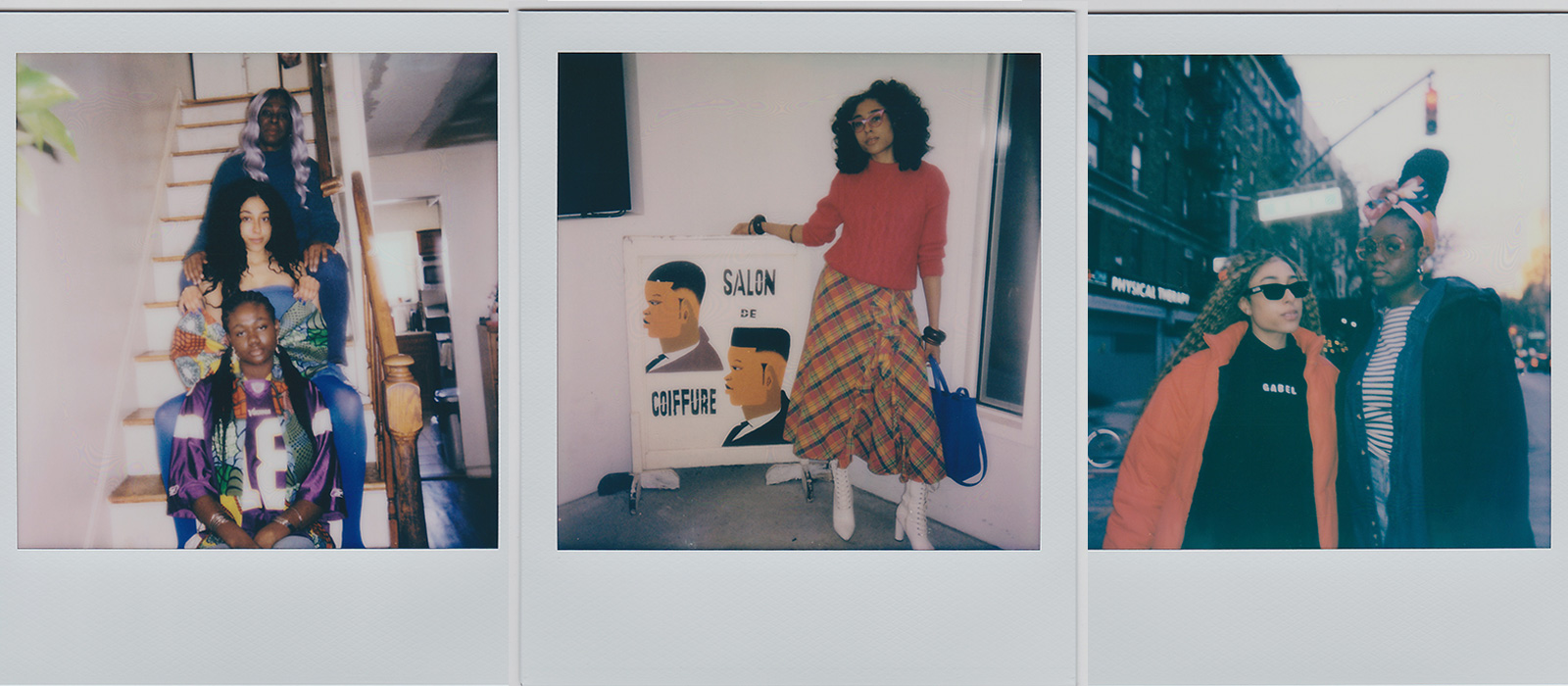
Black Hair Healing“Embracing Blackness through the roots of my hair.”
Written by Danielle Gabel. Photo by Mary Kang.
In 1999, I got my first silk press. We were headed to London for a family wedding, and I had to look “presentable.” So, my mother Deloris, Aunt Ven, Sister Dana, and Cousin Kathy took me to Before and After Salon on Bronxwood Avenue. Dana and Kathy had been going for over a year to get their hair straightened, and the invitation made me feel like an official big kid. Donna, my lifelong hairdresser-turned-Auntie, greeted us with her short blonde locs and joyful Jamaican accent; she’s Caribbean like us, so our mothers had become instant friends.
I remember jumping into her chair. As Donna pumped the petal, I felt like I was getting on an amusement park ride. I rose to meet myself in the mirror. The bald spot I had cut at the front of my head when I was four years old was hardly noticeable anymore, in fact, it was growing into a nice bang. Washed and blown dry, my hair was triple its normal size and engulfed the upper half of my body. Donna sectioned the pieces using an orange pomade. As she pushed my head forward, I could feel the heat from the hot comb radiating against the back of my neck and her fingers safeguarding my skin as she worked. Emerging from underneath my hair, I felt pretty for the first time.
In the years that followed, we’d gather wherever Donna was working to get our bi-weekly silk presses and perms. While she would hot comb my curls, I’d listen to the Black women around me discuss “grown people’s business.” Conversations, typically critiques, of the world and each other became educational. I absorbed the unspoken rules of how Black women were expected to look and behave from Donna’s chair. We weren’t allowed to be disheveled because “you can’t be out here lookin’ crazy.” Appearing mentally ill or extremely poor gave the police a motive to arrest you. Specific hair colors were to be avoided; “because cherry red looks ghetto on black skin,” and looking “ghetto” made white people uncomfortable, generating an entirely new host of problems you didn’t want.
The scrutiny of Black women, even from the inside, was severe.
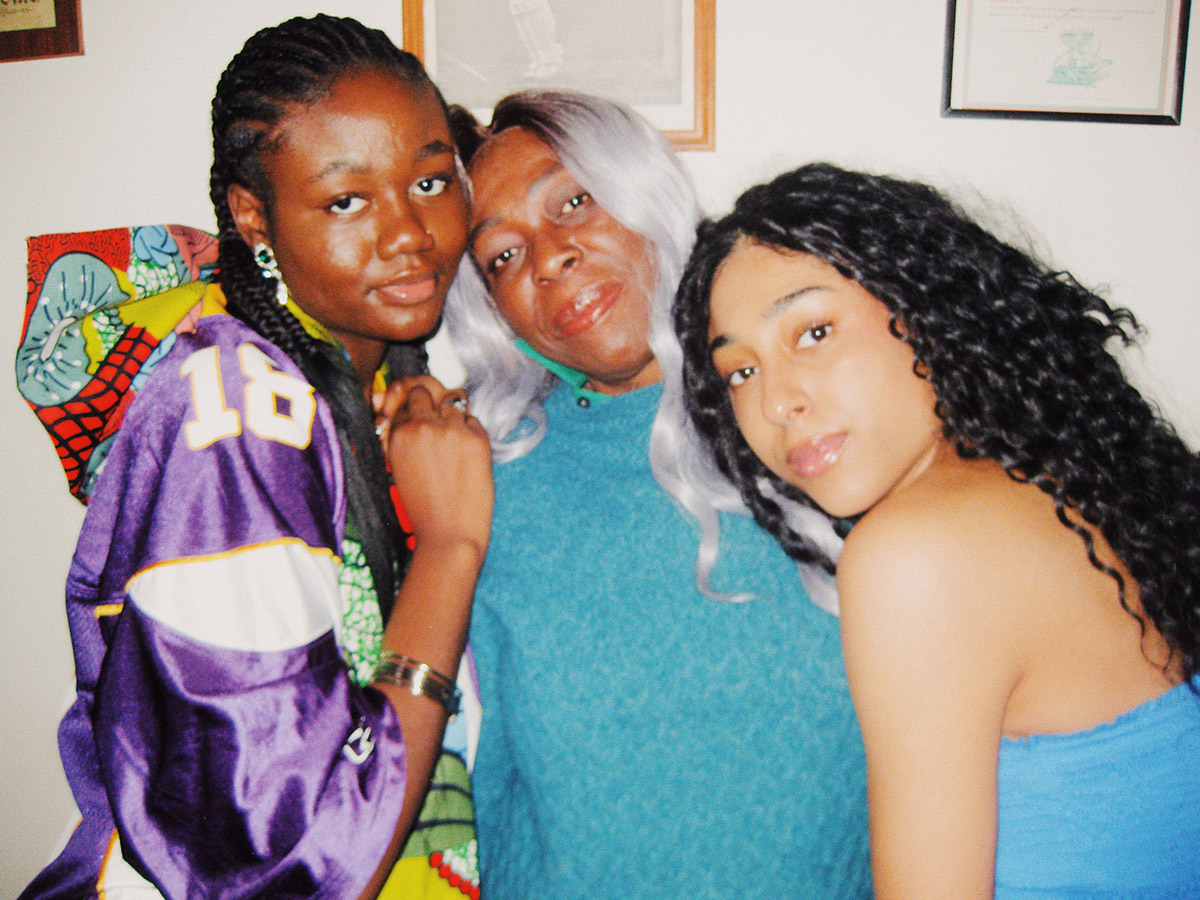
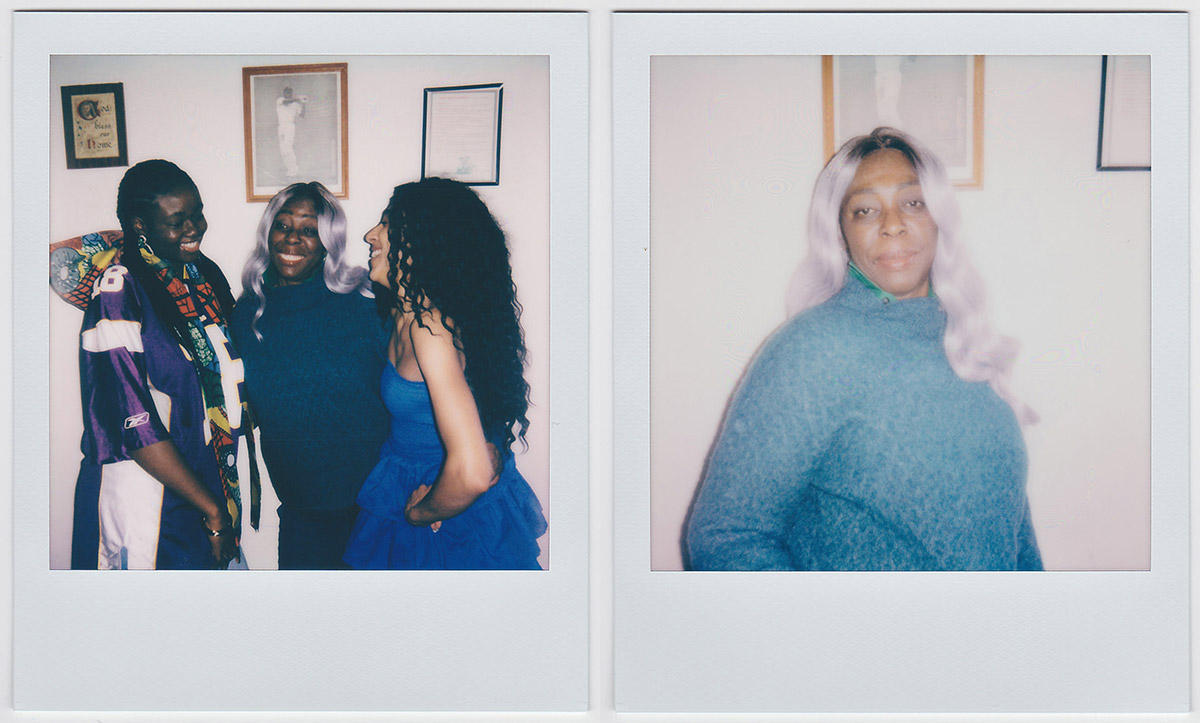
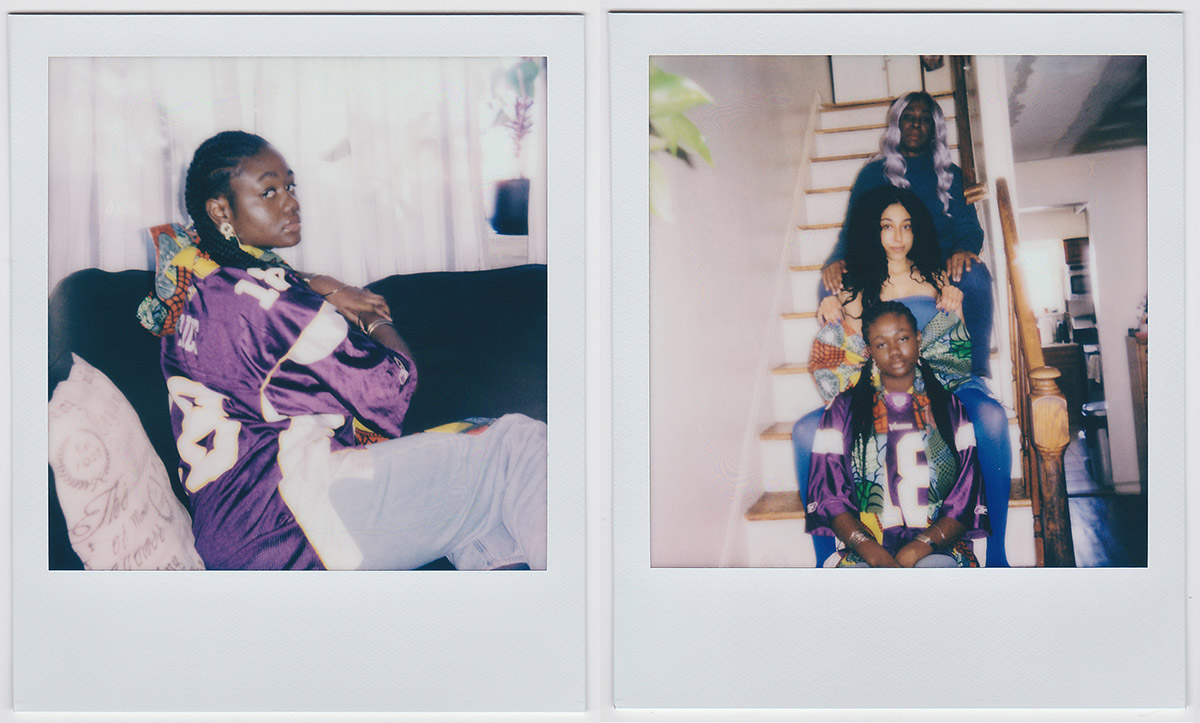
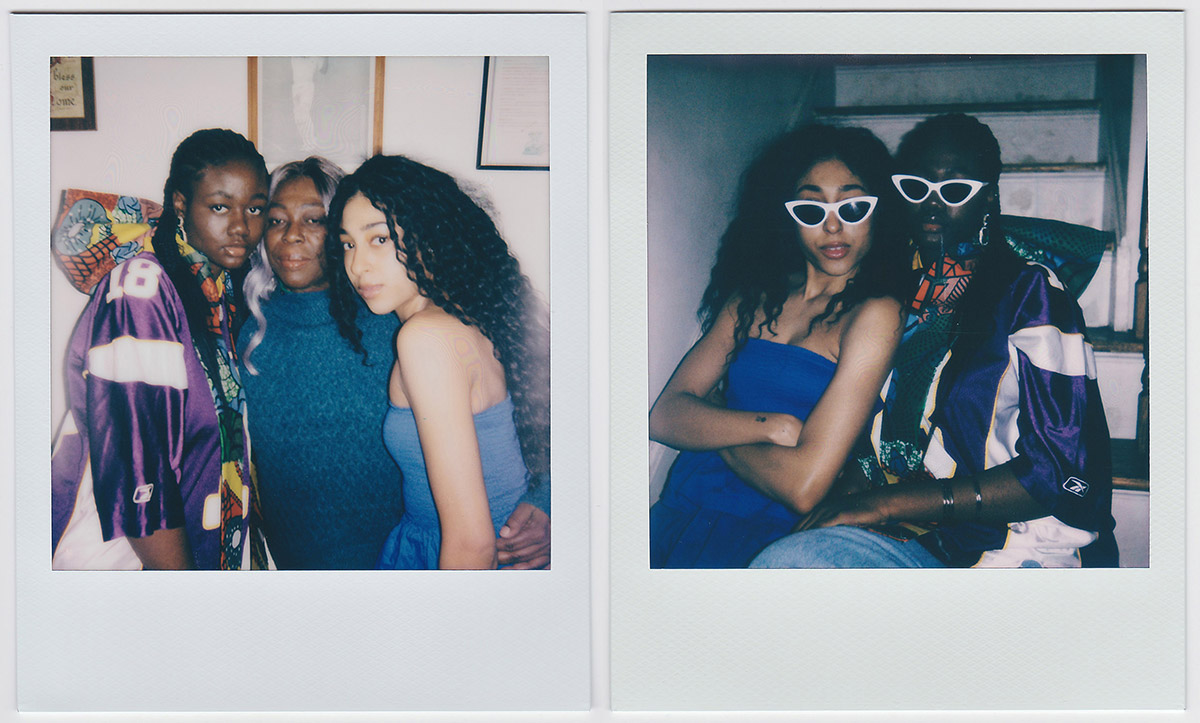
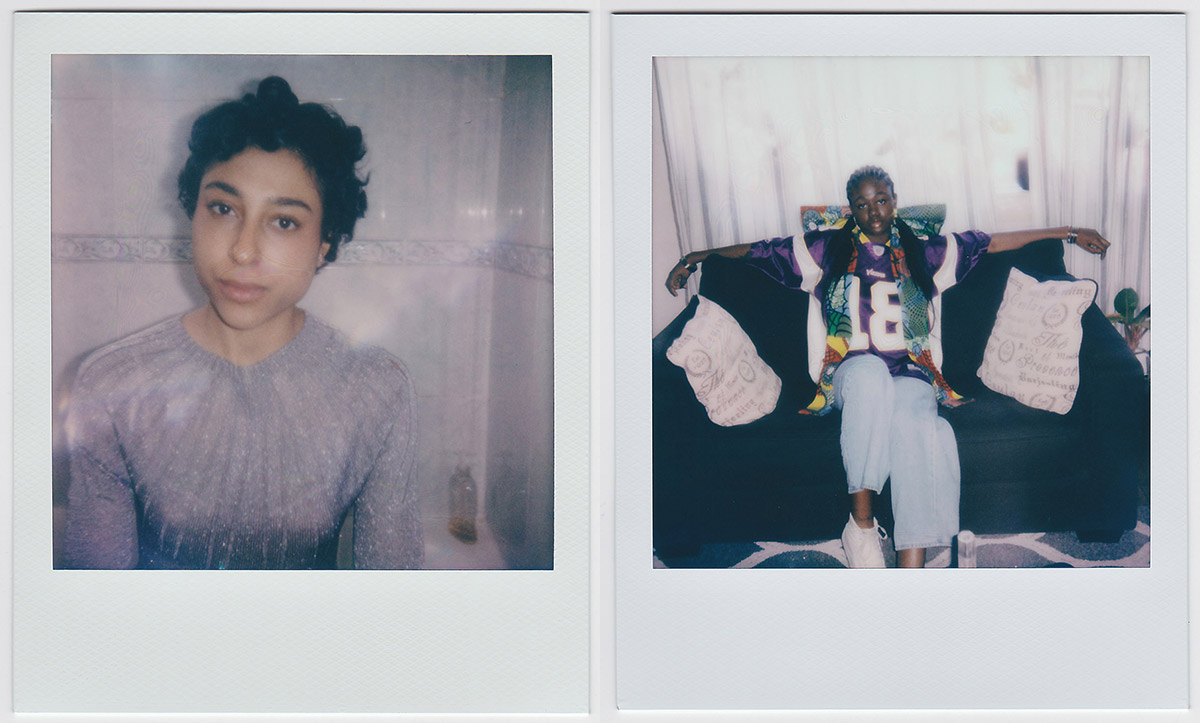
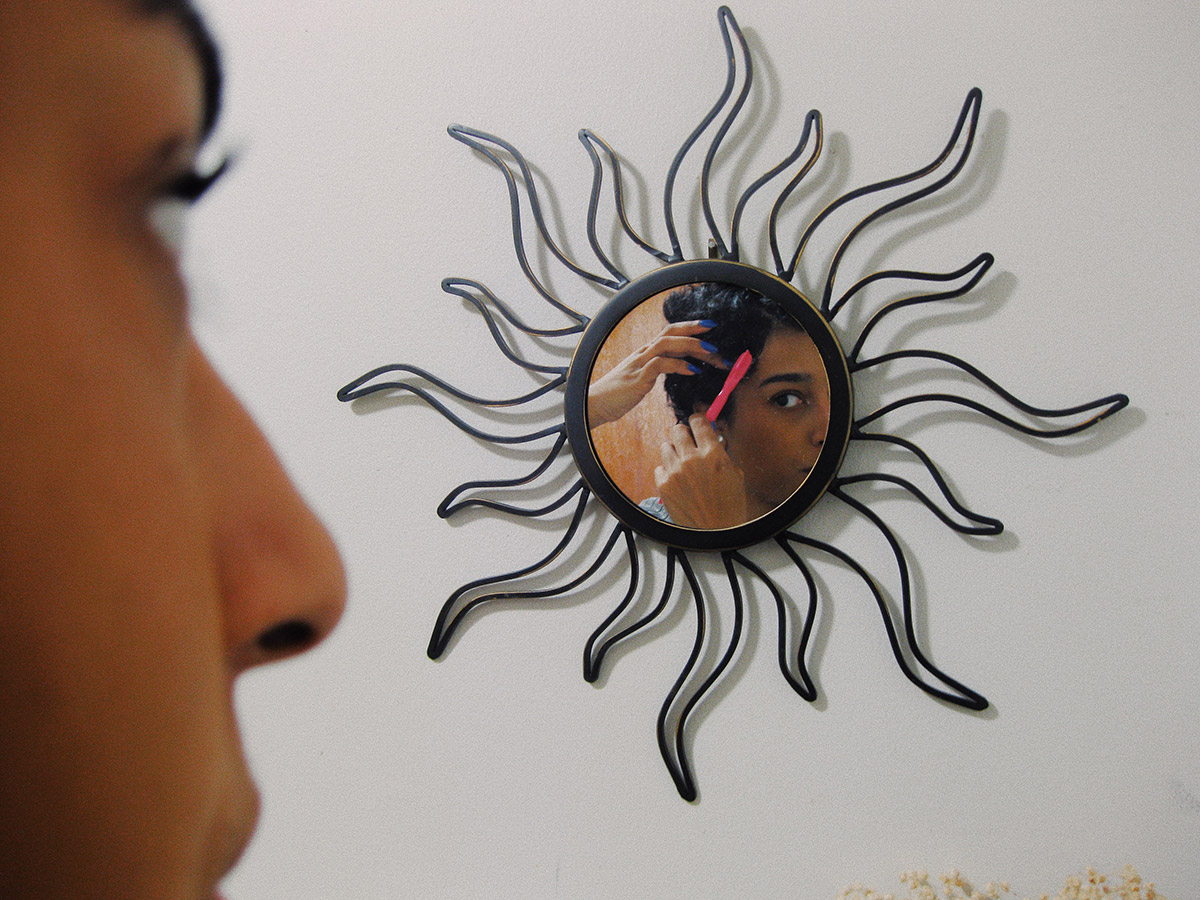
At school in Westchester, surrounded by white peers, I noticed this become increasingly uncompromising. When left natural, my hair was compared to shrubbery. When straight, it was still “frizzy” and therefore not acceptable. If I washed it too much it became damaged; too little and I was considered dirty. I obsessively straightened it and would often throw private tantrums when the tendrils of my messy bun didn’t look like the other girls in my class. I hid my hair under hats, headbands, and bobby pins in an effort to reduce its volume. As a curly but not coily-headed gal, I had it better than the darker-skinned girls with a more pronounced Afro texture. But that still didn’t stop the pervasive, Eurocentric-American beauty standard from seeping into my scalp. And it didn’t stop the boys from calling my mother bald-headed when she eventually shaved her hair off.
An extremely chic look, I might add! But I digress…
At the time, a “presentable” head involved straight hair. An unachievable, ever-moving target, delicate as a drop of rain. In truth, growing up the only person who verbalized love for my natural texture was my paternal grandmother Eleanor. A dainty, Audrey Hepburn-esque, German-Russian woman from Kanas. She would go on about how jealous she was of my curls, encouraging me to wear them as they were, as often as possible. Frequently telling me, “You don’t have to straighten your hair, you have what everyone else wants!” To which I would think, yeah right.
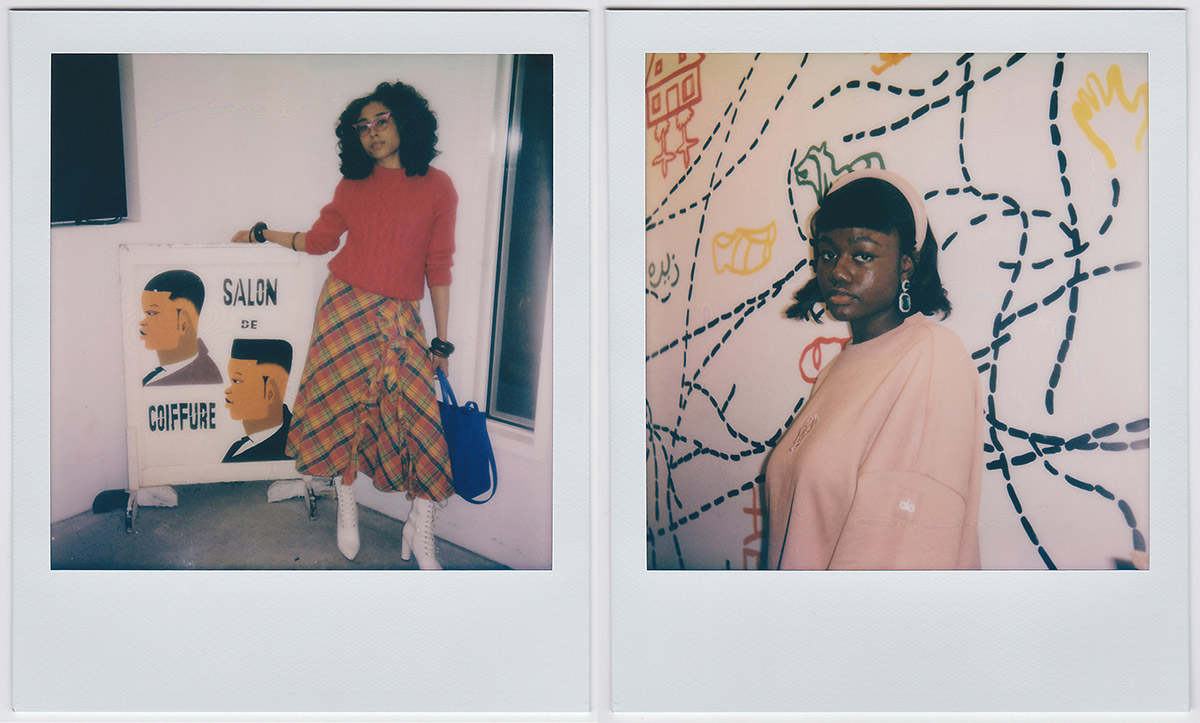
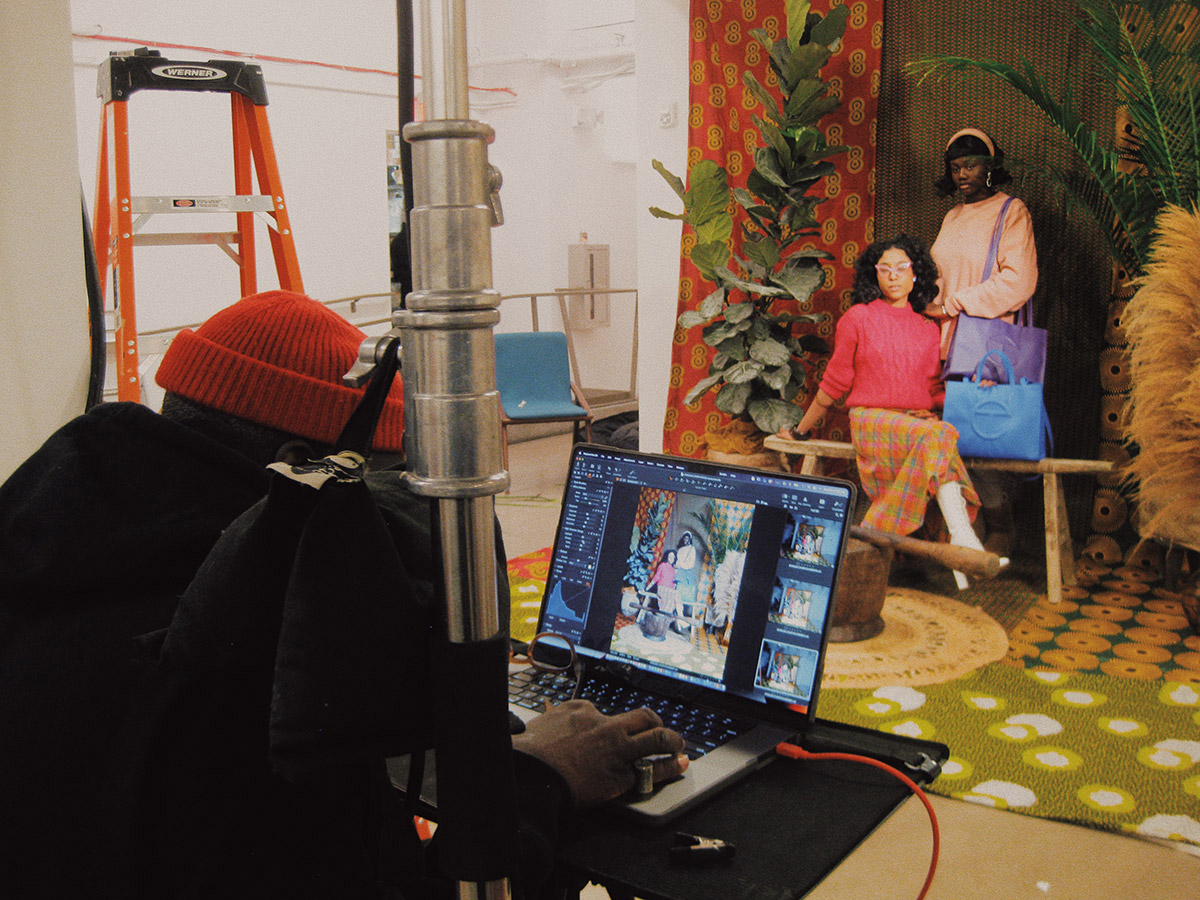
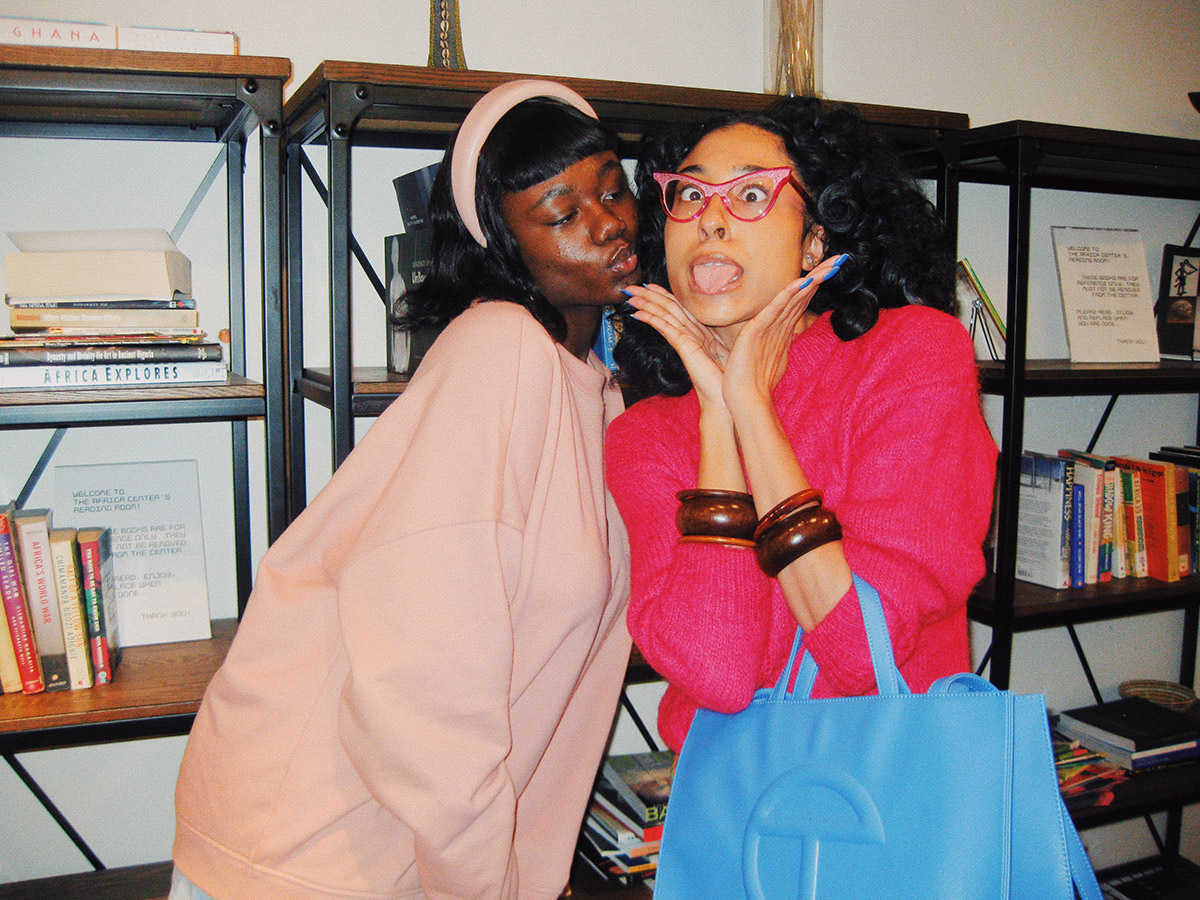
Looking back on nearly two decades of hair straightening, I can see how right she was. I can also remember the moment it began to change! In 2007, Rihanna cut her hair and there were suddenly fewer rules. Of all her cultural contributions, the influence she had on the heads of Black women may be the most significant and overlooked. For the first time, I realized my hair belonged to me and I could do whatever I wanted with it! Shortly after, I cut my hair into a bob and haven’t looked back since.
By 2018, I had grown to appreciate my natural hair texture. No longer a prisoner to the flat iron, I was twenty-five years old, wearing my hair as it grew out of my head at last. And I wasn’t the only one trying something new! Miley Cyrus was sporting a lavender wig as Lil’ Kim for Halloween. Kylie Jenner was wearing Brazilian bundles. I was surrounded by multitudes of women, Black and otherwise, looking to adopt our culture into their hair routines. Experimenting with braids, extensions, colors, cuts, and wigs was no longer considered “hood girl” behavior. I felt vindicated and annoyed! I indulged in the beauty shop, making up for lost time. Shapeshifting became my superpower; a calling card by which others recognized me as cool and creative. I found joy in the hair on my head and used it as another way to play. I went blonde and took on a different persona, ultimately cutting it all off in my bathroom on a whim during the 2020 lockdown.
Now I find myself awkwardly growing out a pixie cut. But telling my story won’t change the fact that the heads of many Black women still go unappreciated and unprotected. Even as I write this, laws struggle to be passed allowing Black women to wear their hair naturally. At least once a month while scrolling TikTok, I come across somebody restoring a piece of vintage furniture only to find it stuffed with the coils of enslaved people. The question is always “why can’t I wear cornrows?” and not “why did enslaved people need to hide food and maps in their cornrows to survive?”
If my ancestors could see me now, they’d probably weep with joy. The idea of my Black hair and emotions taking up space on this page is a testament to their lives. As we head into this new era of sculptural hairstyling for Black women, themes of who we once were have begun to emerge in its Afrofuturistic aesthetic. With our stories, methods, and products becoming part of the mainstream, I hope all Black women have the opportunity to heal from their hair.
Ultimately, my hair journey has a happy ending. But if I had been a few shades darker, grown up outside of New York City, or been born at any other time in history, we could be having an entirely different conversation. It’s deeply unfair but it’s true, and to write about this, I must acknowledge my own privilege. Moving forward, the most important thing I can do is uplift my community. While not all skin folk are kin folk, I see most other Black people as an extension of my family. We are not a monolith, but we are all facing the same system; therefore, we must show each other love.
Writing is my love language. A way to demonstrate the appreciation I have gained for my own Blackness by growing into my hair. Now, I look forward to the days when I visit my childhood home and hear my older cousin, Michelle, say “oh, Dani nice to see you, I like your hair!” She usually says this quickly, with her slight patois, as though it’s one word. From behind her comes a giggle and my Aunt Andrea, confirming her approval of my hairdo. Upstairs my little cousins, Tiani and Kayla, are damn near running a beauty shop; butterfly locs, box braids, wig installs, you name it, they got you. These days when my family gathers, there is not a straight hair in the house. It’s funny how things change.
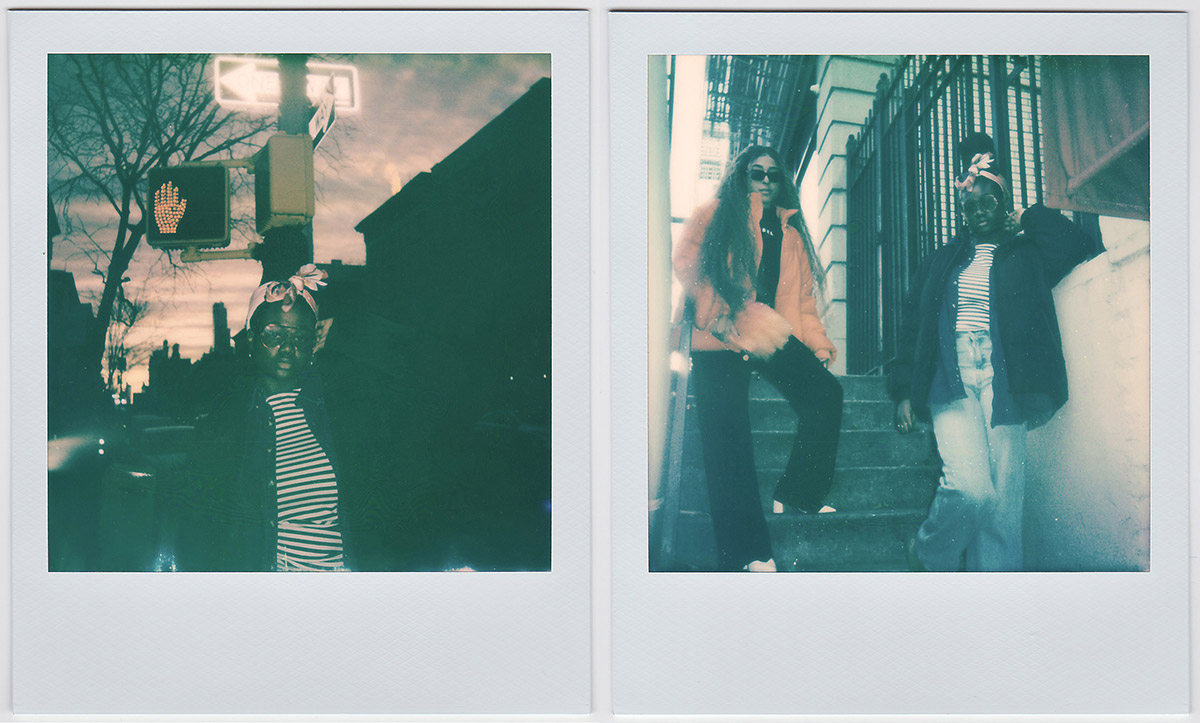
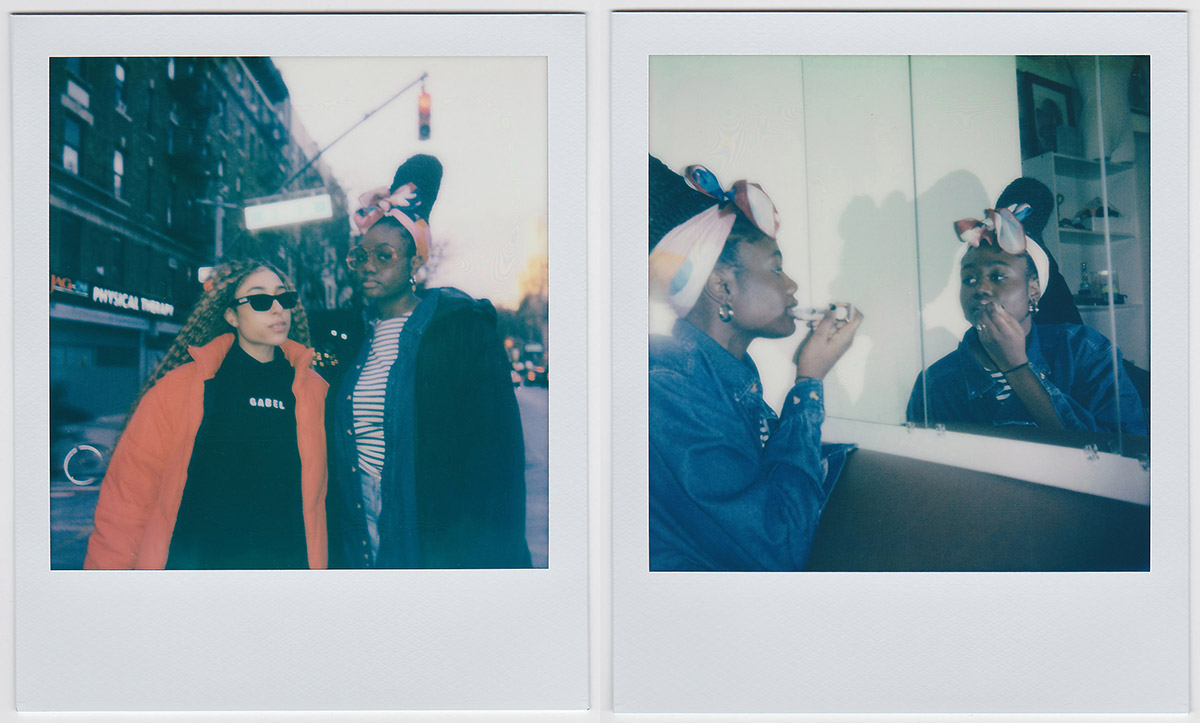
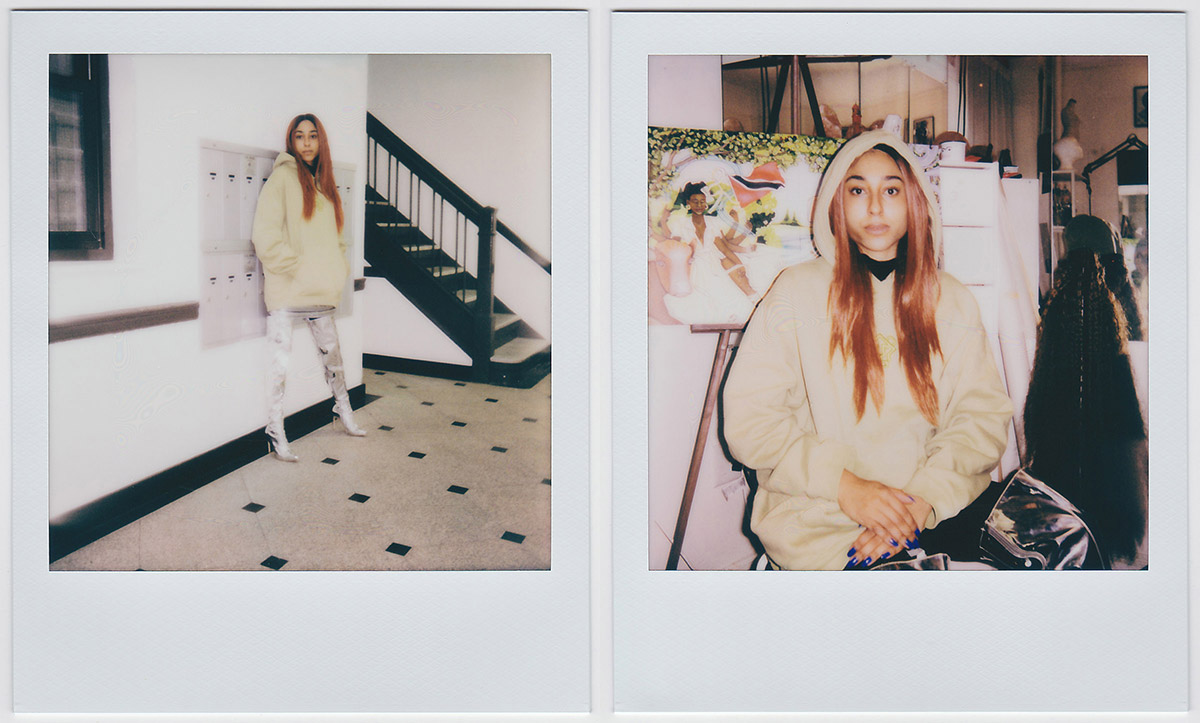
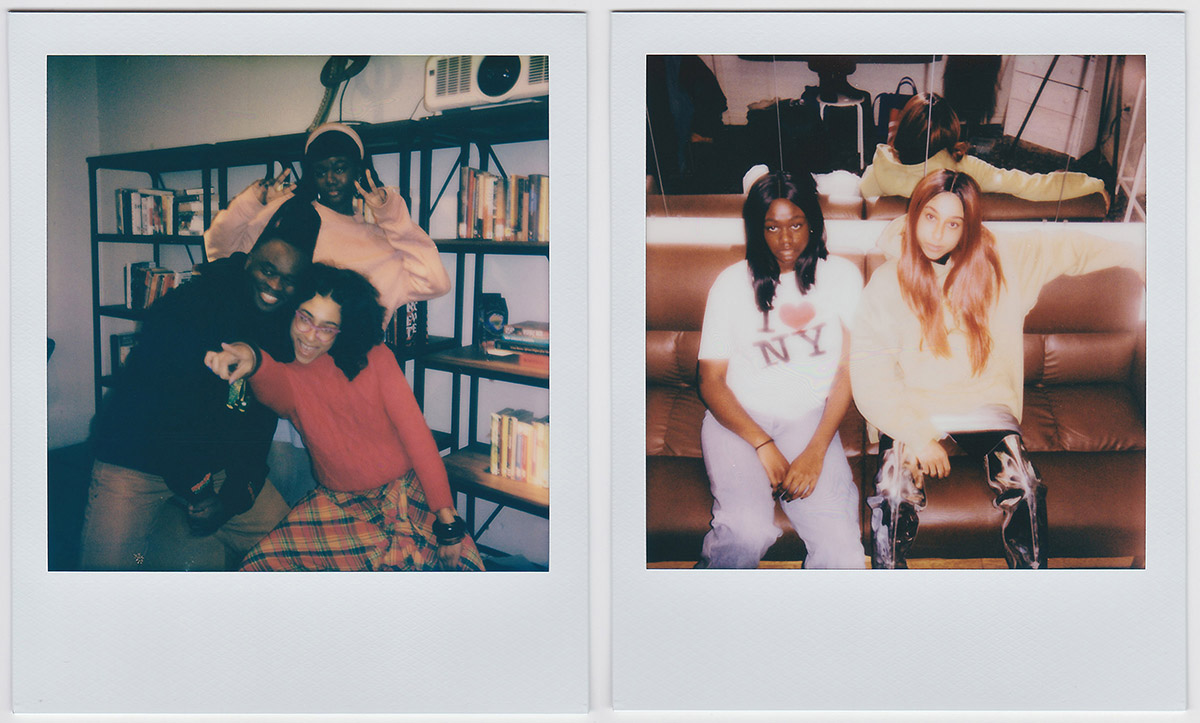
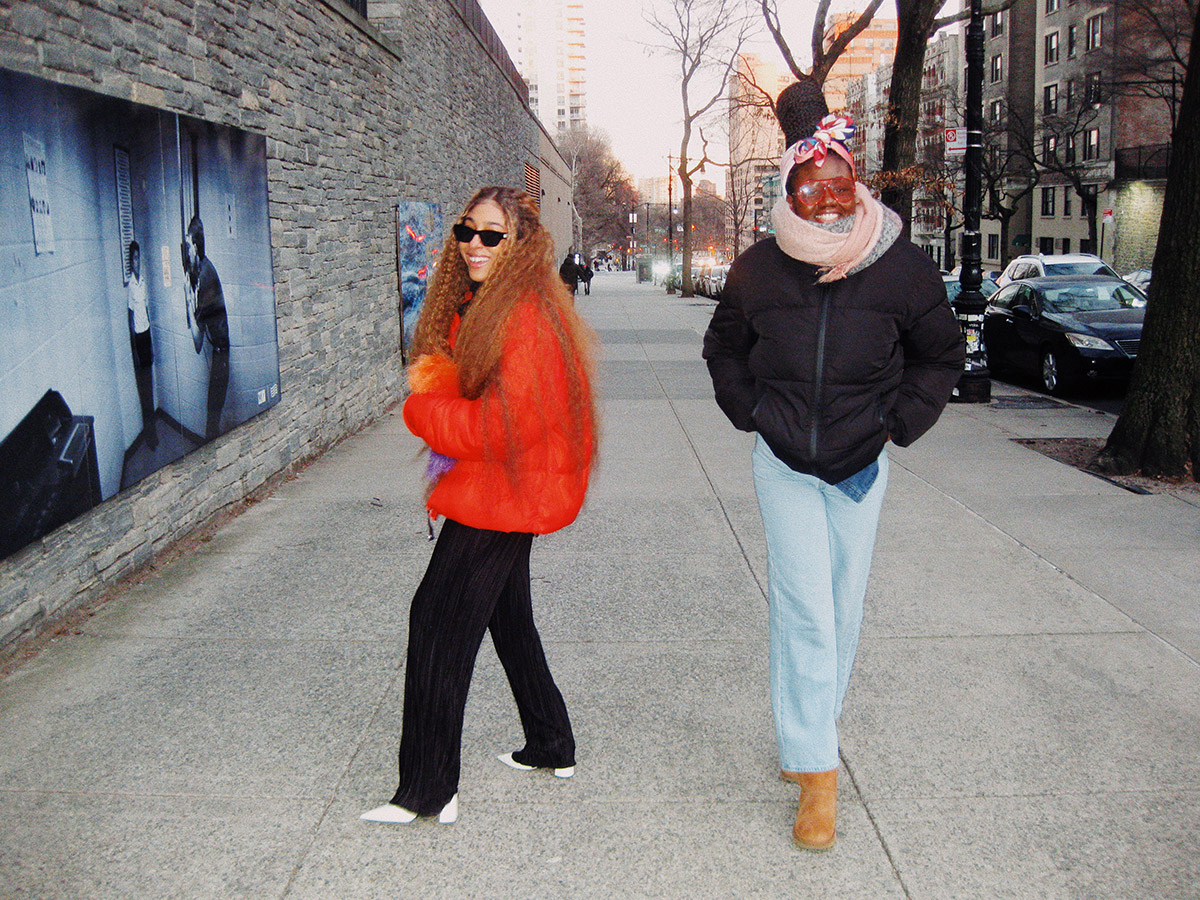
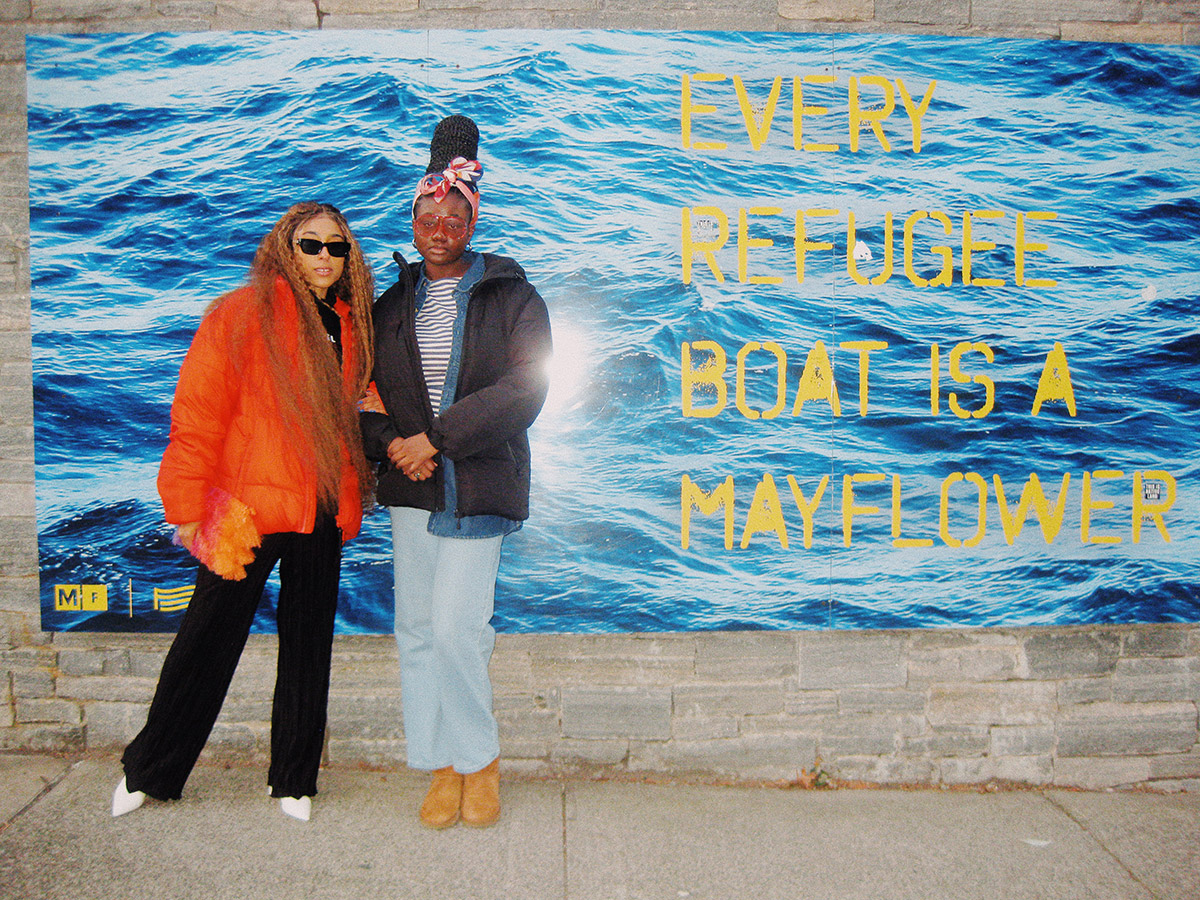
Special thank you to Danielle’s family, and TERANGA️️️.
You May Also Like: Women’s Equality Day 2022
